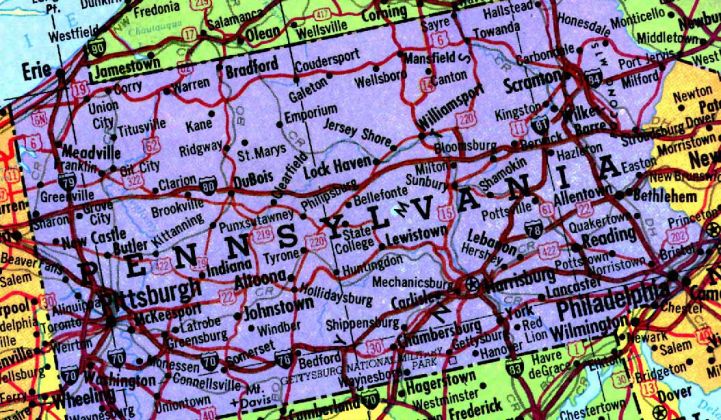Here’s some post-DistribuTECH smart grid news for the week so far, the lead item being Pennsylvania's emergence as the new gold rush market for demand response. The state legislature has commanded utilities to shave 4.5 percent of their peak load by next year, and utilities have hired EnerNOC, Comverge and Johnson Controls to help out.
The latest is Johnson Controls, which announced Monday it would build a platform for PECO to connect up to 100 megawatts of load. Furthermore, Johnson’s platform will bring together individual consumers, corporate assets and even other aggregators -- like Comverge and EnerNOC, for instance -- into a single view for the 1.6-million-customer electric utility.
The platform comes from EnergyConnect, a customer-facing demand response software developer that Johnson bought last year for $32.3 million. EnergyConnect started serving West Penn Power, a smaller utility, in July. But PECO will be much bigger, incorporating loads from industrial DR provider Hess and Viridity Energy, a Philadelphia-based tech startup that’s controlling fast-responding “microgrid” power assets in several different projects in its home state.
Kevin Evans, VP and general manager at EnergyConnect-Johnson Controls, wouldn’t say what other CSPs (curtailment services provider, i.e., EnerNOC or Comverge) it would be aggregating to give PECO its 100 megawatts. But he did say it would be built on an economic model, still being worked out, that will run alongside the big demand response capacity and economic markets run by grid operator PJM in the state. (It’s a bit like the project Comverge is doing in South Africa for utility Eskom.)
That doesn’t mean EnergyConnect won’t connect customers to those markets, Evans noted. The company has built a customer-facing portal that ties different power market programs into one view, and allows them to preprogram how much power they’ll drop in exchange for what prices (Constellation Energy is trying something similar with its VirtuWatt platform). That should allow them to claim credit both for cutting power for PJM and for their utility’s Act 129 goals, he said.
The 2008 law requires utilities to cut peak use by 3 percent by this year and 4.5 percent by 2013. That’s about 350 megawatts of load -- factories, warehouses, office buildings, small businesses and homes -- that can dial back power use with an hour’s warning.
Act 129 also calls for a three-percent energy efficiency improvement over that time. State regulators have allowed utilities to raise rates to cover the cost of getting there, but they’ve also asked utilities to lower customer costs in the long run.
“These are the programs that allow those customers to get that money back,” Evans said. He didn’t say whether Johnson was targeting utilities beyond PECO for its platform. It has quite a bit of competition. EnerNOC has announced projects of 40 megawatts or more with Duquesne Light and FirstEnergy’s three Pennsylvania utilities, and Comverge has signed up the state government, a big Caterpillar equipment dealership and other customers in the state.
Comverge has also landed a 65-megawatt project for PECO to deliver residential, commercial and industrial demand response. Whether or not any of that might be run over the EnergyConnect platform, Evans wouldn’t say.
- In other news, we’ve got some capacitor bank news going on with recent ABB acquisition Thomas & Betts and grid tech company Schweitzer Engineering Laboratories (SEL). Cap banks, as they’re known, are an integral part of any grid, serving as shock absorbers for unpredictable ups and downs in power via voltage regulation and volt ampere reactive (VAR) compensation.
They’re also, mostly, dumb preset devices with limited ability to adapt to changing grid circumstances. Monitoring, controlling and automating them represents a one- to three-step process toward integrating them into distribution management systems or distribution automation schemes. ABB has a broad-based set of smart distribution grid solutions that a smart cap bank system could fit into.
Schweitzer has been working on a host of smart distribution grid projects with Progress Energy, American Electric Power and Xcel Energy’s SmartGridCity project in Boulder, Colo., which has demonstrated a lot of useful technologies despite its economic (and political) troubles. The Pullman, Wash.-based startup was named one of GTM Research’s Networked Grid Top 10 Vendors in January, indicating the important, if quiet, role it’s playing in the industry.



